The euro zone faces a challenging economic landscape as the International Monetary Fund (IMF) warns that German fiscal stimulus measures will not be enough to counterbalance the drag imposed by U.S. tariffs. Despite Germany’s bold infrastructure spending initiatives, the broader economic outlook for the euro zone remains under pressure due to persistent global trade tensions.
Key Developments and Projections
Alfred Kammer, director of the European department at the IMF, highlighted the dual forces shaping Europe’s near-term economic trajectory at the IMF-World Bank Spring Meetings. On one hand, Germany’s €500 billion ($548 billion) infrastructure and climate fund, enabled by exemptions to its stringent debt rules, promises to inject much-needed vitality into the region’s largest economy. On the other hand, the IMF downgraded its growth outlook for the euro zone, citing the negative impacts of U.S. tariff policies as a primary factor.
The IMF now forecasts euro area growth at 0.8% for 2025 and 1.2% for 2026, marking a 0.2 percentage point reduction for both years. These projections underscore the extent to which trade tensions, rather than fiscal initiatives, are shaping the economic narrative.
Germany’s Infrastructure Spending: A Game Changer?
Germany’s infrastructure spending bill has been lauded as a potential “game changer” for its stagnant economy. The €500 billion fund is set to address critical areas such as climate change mitigation and defense, marking a significant policy shift in a country traditionally bound by strict fiscal discipline. Economists have expressed optimism about the program’s ability to spur domestic growth, which could have positive spillover effects for the broader euro zone.
However, Kammer cautioned that these fiscal measures, while impactful, cannot fully offset the broader economic headwinds created by escalating U.S. tariffs. “It’s the tariffs and the trade tensions which weigh on the outlook rather than the positive effects on the fiscal side,” he noted.
Impact of U.S. Tariffs on the Euro Zone
The IMF’s concerns are rooted in the disruptive effects of President Donald Trump’s tariff policies on global trade flows. These tariffs have created an environment of uncertainty, dampening business confidence, investment, and export activity across the euro zone. Emerging economies within the bloc have been particularly hard-hit, with their projected growth rates facing double the downgrades of advanced euro area economies over the next two years.
While some policymakers argue that lower tariffs could help bring euro zone inflation closer to the European Central Bank’s (ECB) target, the broader economic implications remain negative. Reduced trade volumes and weakened global demand continue to weigh heavily on the region’s economic prospects.
ECB’s Monetary Policy Outlook
The ECB’s response to these challenges has been measured. Over the past year, the central bank has implemented seven quarter-percentage-point rate cuts, bringing its deposit facility rate to 2.25% as of April 2025. Kammer stressed that the ECB’s disinflation efforts have been a “huge success,” with inflation expected to sustainably reach the 2% target in the second half of 2025.
Looking ahead, the IMF recommends one final 25-basis-point rate cut in the summer of 2025, after which the ECB should maintain its policy rate at 2% barring any major economic shocks. This cautious approach reflects the delicate balance between maintaining price stability and supporting growth in an uncertain environment.











